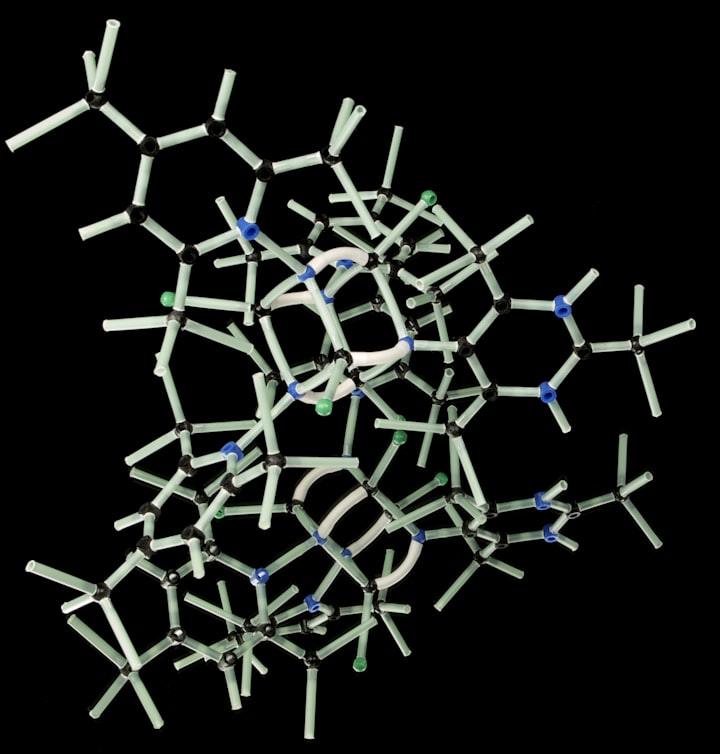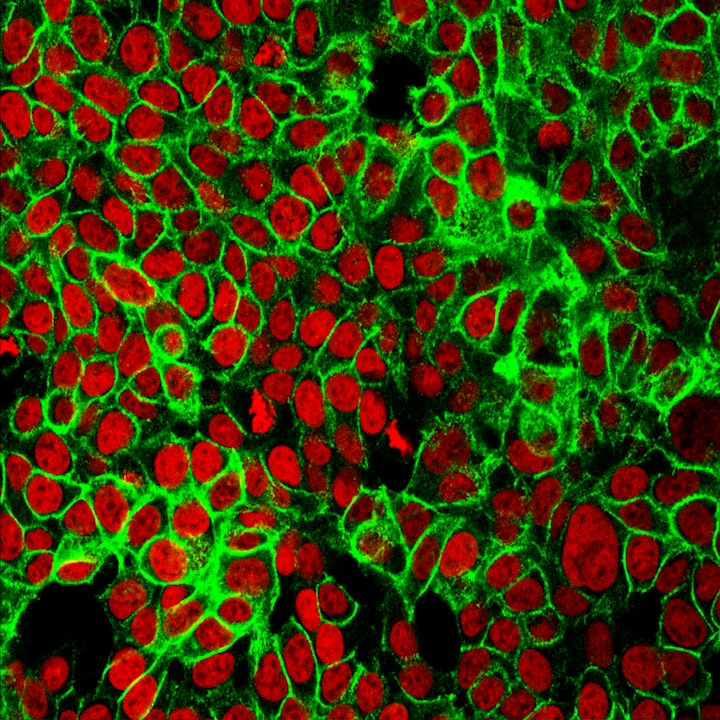Why Do Our Hands Feel Different When Wet?
Discover the link between skin moisture and grip and why your hands feel different when wet.

**Hands feel different when dry, slightly wet, or very wet.
What's the science behind it?**
Skin and Moisture
The ability to grip is determined by the ridges on our hands.
When these ridges, such as fingerprints, are filled with water from moisture, they are able to apply extra pressure, providing a better grip.
This microscopic swelling is what gives the hands their grip when slightly wet.
It's similar to the pruning effect when hands are submerged in water for an extended period, enhancing grip in wet conditions.
Skin Texture and Moisture
The skin's ability to grip also relies on its flexibility and texture.
Even when dry, the skin is still slightly moist as a result of water content.
This helps with grip, but when hands become very dry, the moisture decreases, causing the skin to become slippery.
Friction and Grip
The presence of moisture changes the surface properties of the skin, affecting its coefficient of friction.
When hands are very dry, there is less friction due to the absence of moisture.
However, when hands are slightly wet, the coefficient of friction increases, enhancing grip.
Conversely, when hands are overly wet, the surface becomes too slick, reducing friction and, therefore, grip.
The varying grip of hands in different moisture conditions is a result of a complex interplay between the skin's moisture, texture, and friction.
The next time you feel a change in the grip of your hands, consider the environmental moisture levels and the role they play in altering the skin's properties.






